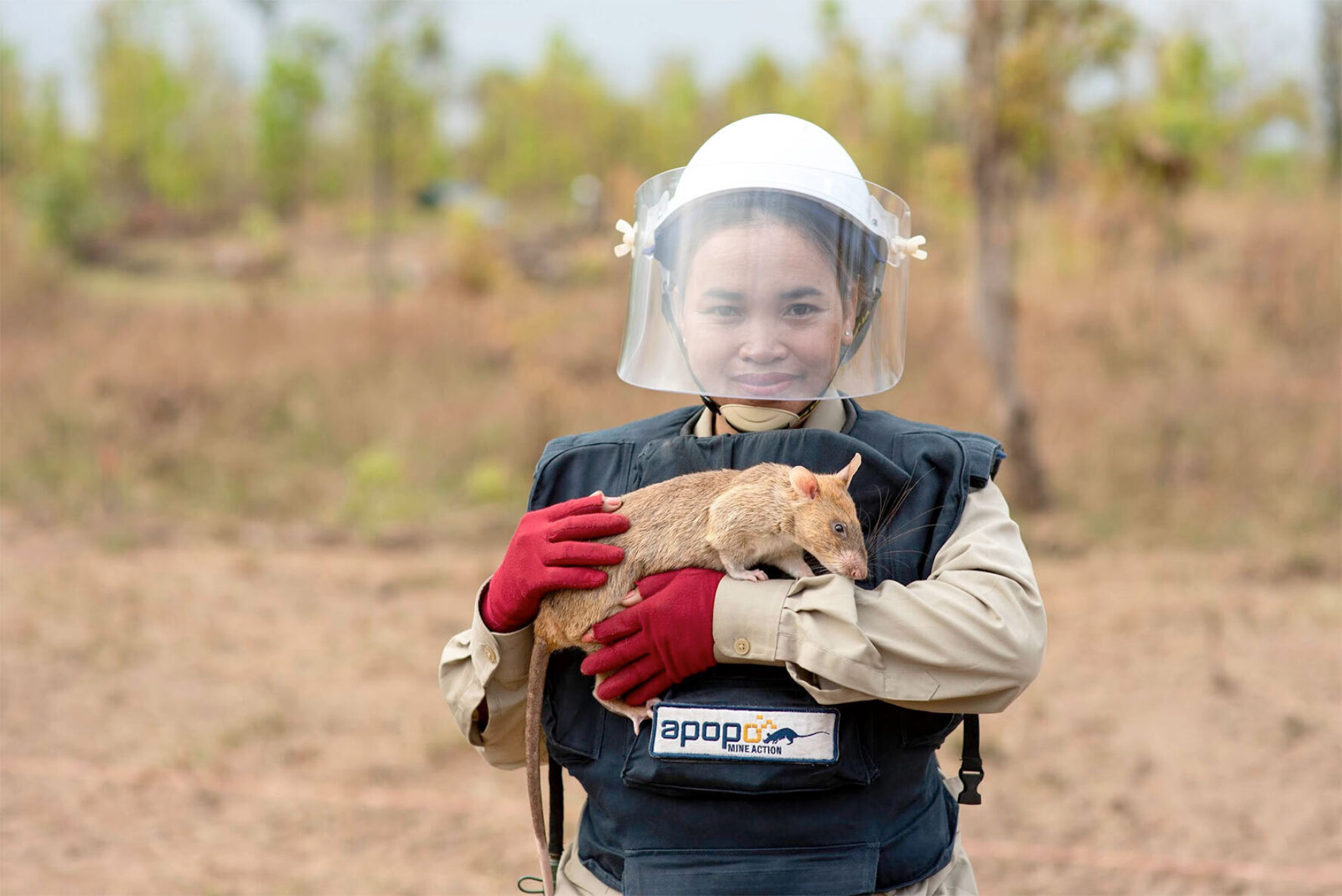There were three broad insights from our work on this DIB:
Cross-sector collaboration
This DIB represents an exciting opportunity to better integrate two normally distinct activities: mine action and support for agricultural development. Though mine clearance can make more land available for safe and productive agricultural use, often there is not the necessary support to allow this to happen. By closely tying longer-term agricultural development outcomes (namely farmers’ net income increase from organic rice farming) to mine action outcomes, the DIB incentivises integration of mine clearance with support for productive agricultural activity.
Focus on long-term outcomes
Investors will only make a return if agricultural outcomes (i.e. increased income from organic rice) are achieved. This incentivises close collaboration between the mine action and agricultural development service providers throughout project implementation.
Potential for scale and replication
This DIB is a two-year pilot with the aim of scaling within Cambodia, and replicating the model in other mine-affected countries, such as Vietnam, Laos, Myanmar and Ukraine. In such countries, the model could support closer integration of mine clearance with other forms of post-clearance economic activity (e.g. growth of small and medium-sized enterprises). Therefore, there will be a strong focus on implementing a robust learning agenda to gather critical information to evaluate performance and cost-effectiveness of the model.
Learn more about our work in this area by reading our 2021 report, Innovative finance for mine action, or our blog, Save lives, speed up development: Innovative finance and landmine clearance.









